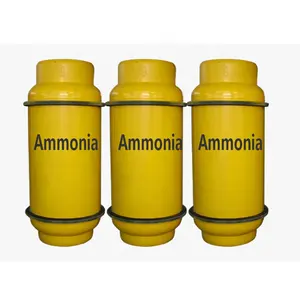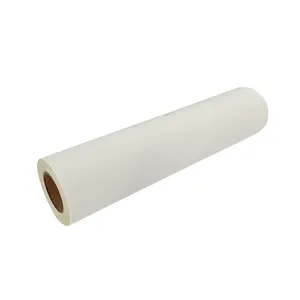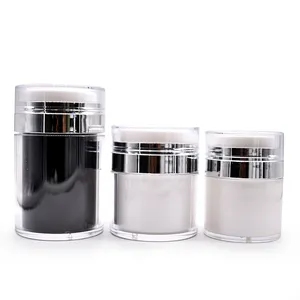Popular in your industry


































































Related Searches:


























































































Top categories
About anhydrous liquid ammonia cylinder
An Introduction to Anhydrous Liquid Ammonia Cylinders
Anhydrous liquid ammonia cylinders are essential for the secure transport and storage of ammonia gas. These containers are engineered to maintain ammonia in its liquid state under pressure, making it a crucial component for industries requiring ammonia in gaseous form. The design of these cylinders allows for efficient distribution to areas beyond the reach of fixed pipelines.
Types and Applications
The liquid ammonia cylinder comes in various sizes to meet diverse industrial needs. From small-scale applications to large-volume requirements, these cylinders serve as a versatile solution for the delivery and storage of ammonia. Industries such as agriculture, refrigeration, and pharmaceuticals rely on these cylinders for their operations.
Features and Materials
Constructed from materials capable of withstanding high pressures, anhydrous liquid ammonia cylinders are designed for durability and safety. The integrity of the material ensures that the ammonia is contained securely, preventing leaks and maintaining the purity of the gas.
Advantages of Using Anhydrous Liquid Ammonia Cylinders
The use of anhydrous liquid ammonia cylinders offers several advantages, including portability and the ability to store large amounts of ammonia in a compact, liquid form. This is particularly beneficial for locations that are not serviced by ammonia gas pipelines.
Safe Handling and Storage
Safety is paramount when dealing with liquid ammonia cylinders. Proper handling and storage are essential to prevent accidents, and these cylinders are equipped with safety valves and features to ensure they can be used reliably in various environments.
Choosing the Right Cylinder
Selecting the appropriate liquid ammonia cylinder is crucial for meeting specific industrial requirements. Factors such as capacity, material, and safety features must be considered to ensure the cylinder aligns with the intended application.































